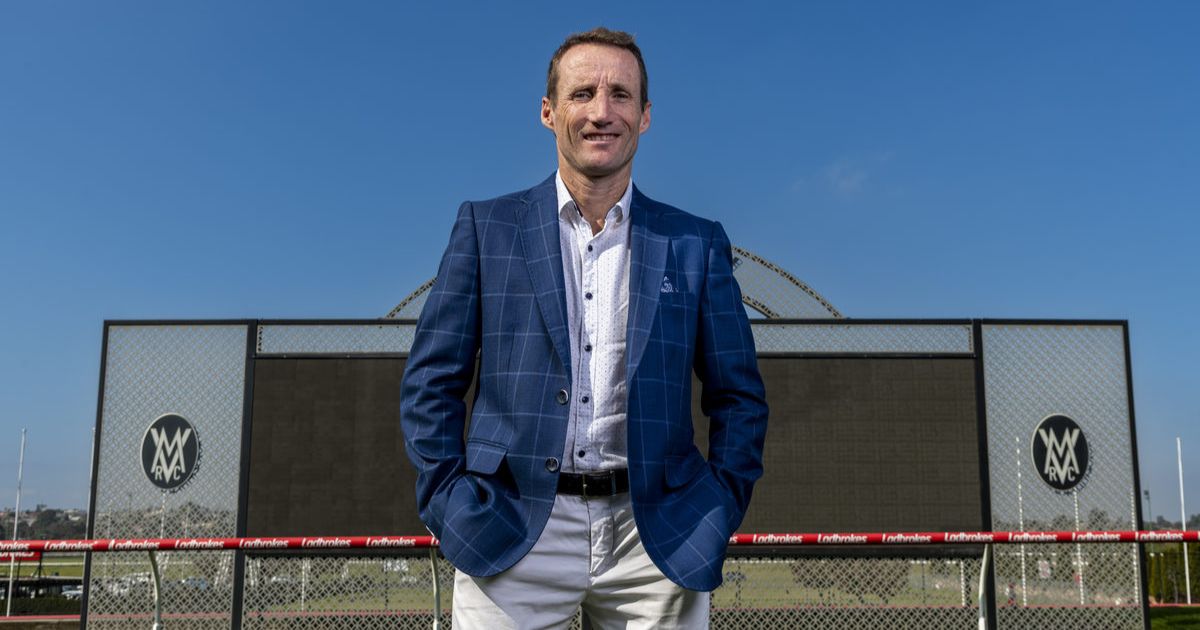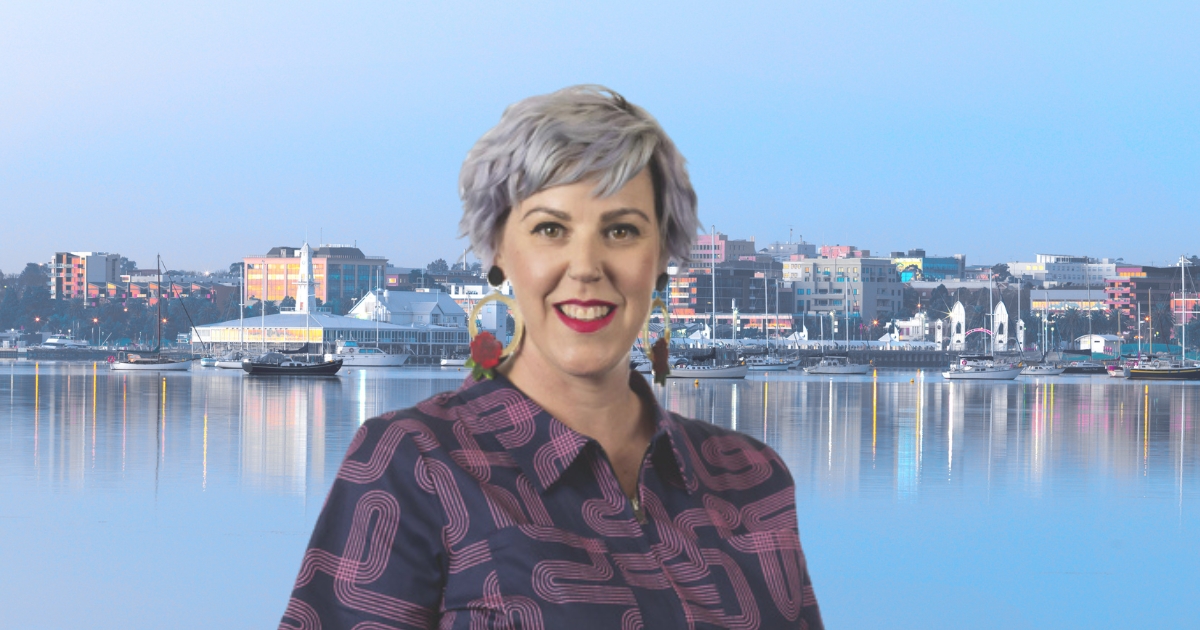Deakin works with AEC to improve the voting process
THE federal election is finally under way, and Deakin researchers are using computer simulation to support the Australian Electoral Commission (AEC) with improving the voting experience.
The project, led by Associate Professor Michael Johnstone from Deakin’s Institute for Intelligent Systems Research and Innovation (IISRI), centres on using computer-based simulation models to investigate ways to improve the queuing process for voters, and make the experience more efficient.
The IISRI team is using the technology to simulate polling events, considering different options to show how the system will behave and how it could be optimised.
Associate Professor Johnstone said the team’s simulations were informed through data collected during planned trials and 2017’s federal byelection in Bennelong.
“The data we captured during our trials and at live events were used to drive the simulation models, which enabled the AEC to make some changes, including of the way they resource polling places.
“Our analysis showed instances where excessive queues could form, prompting the need for changes in resource planning for polling places. We also tested different issuing points and voting screens resource levels, looking for bottlenecks and options to improve the system.
“Other important findings focused on efficiency gains within the polling place. One example was the further examination of mini-queues within the polling place. These types of changes can be tested within the simulation models and compared to find the most efficient option.”
The AEC has awarded the IISRI team a threeyear contract to expand upon their work and further improve the accuracy and range of computer-based models to assist in planning, resourcing, and delivering electoral events.
The project team also includes Professor Doug Creighton, Professor Saeid Nahavandi, Dr Anwar Hosen, Dr Burhan Khan, Dr Vu Le and Dr James Zhang.
Associate Professor Johnstone said the technology and data analysis developed by IISRI would improve the voting experience for millions of Australians.
“Queues at polling places are unfortunately unavoidable due to variations in the arrival rates of electors, but our model can provide an estimate of queue times and behaviour, helping electoral officers to more accurately predict resource requirement for materials and personnel and to find the right balance between polling place performance and cost.”


















